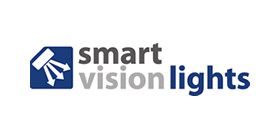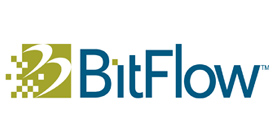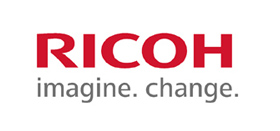Listen to this Article
Introduction
In the rapidly evolving landscape of global energy production, methane plays a pivotal role. Its significance is projected to soar as energy consumption worldwide continues to grow. While renewable energy sources like photovoltaic and wind turbine power plants gain prominence, there is an escalating demand for methane-based power plants to address the intermittent nature of these renewables. However, methane, despite its importance, presents significant challenges. It is highly flammable, raising concerns about public safety. Moreover, methane is a potent greenhouse gas, possessing an 86-fold higher global warming potential than carbon dioxide over a 20-year period. The occurrence of stochastic methane leaks across vast oil and gas fields necessitates efficient leak detection and prevention strategies.
Traditionally, ground-based surveillance methods have been employed for methane detection, but they have inherent limitations due to the extensive geographic scale of leaks. Cost-effective detection of methane plumes, especially fugitive emissions, has emerged as a top priority for both industries and governments. Addressing this need, Kairos Aerospace has developed a groundbreaking solution using Xenics infrared cameras for aerial observation and detection, offering the promise of enhanced methane detection capabilities.
Spectroscopy: An Efficient Technology for Methane Detection
Methane exhibits distinct absorption lines in the infrared spectrum, making spectroscopy a powerful tool for its detection and quantification. These absorption lines are unique to methane, allowing spectroscopic analysis to discriminate it from other gases like water vapor, carbon dioxide, and ethane. When sunlight penetrates a fugitive plume within an oil and gas field, the gas molecules absorb specific infrared wavelengths. Subsequently, this sunlight, now altered by the absorbed methane, reflects off the ground and becomes detectable through aerial observations. Through rigorous spectroscopic analysis of this reflected sunlight, excess methane stemming from leaking infrastructure can be pinpointed.
Kairos Solution for Methane Detection
Kairos Aerospace has developed the LeakSurveyor™, an integrated methane gas imaging system mounted on light aircraft, capable of detecting methane emissions spanning up to 150 square miles of oil and gas infrastructure in a single day. This innovative system seamlessly combines an infrared hyperspectral imaging system with a traditional optical camera and GPS technology, facilitating accurate and easily understandable mapping of methane emissions. The raw spectral data undergoes processing through proprietary data analytics, including atmospheric retrieval techniques and advanced chemometric routines, all hosted within a fully ephemeral cloud processing architecture. The geolocated methane images are then superimposed on optical images acquired concurrently with the methane data. This harmonious integration of optical data, precise geolocation compatible with in-house mapping tools, and robust methane detection empowers customers to determine the precise location and likely source of methane plumes.
Choosing the Right Infrared Camera: Xenics to the Rescue
Selecting the appropriate infrared camera is a pivotal step in ensuring the efficiency of the methane detection system. High-precision spectroscopy mandates a camera boasting outstanding gain management, high linearity, and minimal defective pixels. Furthermore, to accommodate the vast geographic scale required for monitoring oil and gas fields, the camera's manufacturing must prioritize reproducibility, simplifying integration and enabling interchangeability. Lastly, the camera must exhibit a rugged, lightweight design with low power consumption, essential for seamless operation when mounted on the wing of a small aircraft. It is with these critical characteristics in mind that Kairos Aerospace opted for Xenics as their camera supplier, given the company's track record of fulfilling these key requirements.
Achievements: Making an Impact
Kairos Aerospace has been operating the LeakSurveyor™ for over six years, conducting inspections spanning more than 260,000 square kilometers across 17 regions in North and South America and Europe. Since 2019, Kairos has made a significant contribution to environmental preservation by preventing over 43.6 billion cubic feet of methane from entering the atmosphere, thanks to the LeakSurveyor™. In the ongoing battle against global warming, this equates to an astonishing 73.3 million metric tons of CO2 equivalent (20-year CO2e), a figure that mirrors the impact of removing 15.8 million cars from the road for an entire year.
Furthermore, over the last three years, these proactive measures have translated into substantial cost savings for customers, estimated at approximately $128 million USD.
Conclusion
In the quest for efficient methane detection and prevention, Kairos Aerospace's utilization of Xenics infrared cameras in aerial surveillance has emerged as a game-changing solution. With methane's critical role in global energy production, it is imperative to address safety concerns and mitigate its impact as a potent greenhouse gas. The LeakSurveyor™, with its cutting-edge technology and exceptional track record, represents a beacon of hope in achieving these goals. As the world grapples with the challenges of methane emissions, the use of Xenics infrared cameras in Mumbai and beyond promises a more sustainable and secure energy future.
ALSO READ: ADVANTAGES OF HIGH-SPEED CAMERAS FOR VISUALIZING FLUID MECHANICS PHENOMENA
Back to All Robotics and Autonomous Systems Articles, Resources and News
































